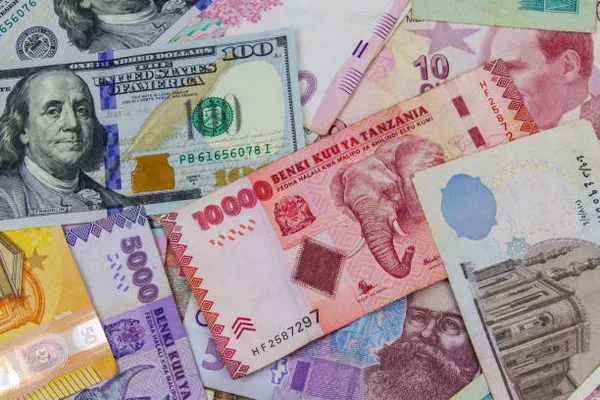Counterfeit currency poses a significant threat to economies worldwide, undermining financial stability and eroding public trust in monetary systems. In the United Kingdom, the circulation of counterfeit pound coins remains a persistent concern despite stringent security measures. According to the Royal Mint, approximately 3% of all pound coins in circulation are counterfeit, highlighting the need for vigilance in detecting fake currency.
Visual Guide to Genuine Pound Coins
Authentic pound coins bear distinct features that distinguish them from counterfeit counterparts. Firstly, genuine pound coins exhibit a consistent weight of approximately 9.5 grams. The obverse side of the coin features the portrait of Queen Elizabeth II, with the reverse side showcasing various designs depending on the coin’s issue year.
Additionally, authentic pound coins incorporate intricate engravings, including the denomination “£1” and inscriptions such as “DECUS ET TUTAMEN,” meaning “An ornament and a safeguard.” The edges of genuine pound coins are milled with alternating grooves and ridges, contributing to their tactile authenticity.
Common Traits of Fake Pound Coins
Detecting counterfeit pound coins requires a keen eye for detail. Counterfeiters often attempt to replicate genuine features, but discrepancies persist. One common trait of fake pound coins is inconsistent coloring, with counterfeit coins exhibiting faded or unusually vibrant hues compared to genuine counterparts.
Moreover, counterfeit pound coins may deviate from the standard weight, often feeling lighter or heavier than authentic coins. Design flaws such as blurred edges or distorted engravings are also indicative of counterfeit currency. Additionally, the absence of intricate details or the presence of smudged inscriptions further signify a fake pound coin.
Legal Implications
Engaging in the production, distribution, or use of counterfeit currency carries severe legal repercussions. Under the Counterfeit Currency Act of 1981, individuals found guilty of counterfeiting face imprisonment of up to ten years or hefty fines. Furthermore, knowingly possessing or passing counterfeit currency constitutes a criminal offense, punishable by law.
Reporting Suspected Counterfeits
Prompt reporting of suspected counterfeit pound coins is imperative to combatting currency fraud. Individuals who encounter suspected counterfeit coins should refrain from circulating them further and promptly report their findings to local law enforcement authorities or relevant financial institutions. By reporting counterfeit currency, individuals contribute to safeguarding the integrity of the monetary system.
Preventive Measures
Preventing the circulation of counterfeit pound coins requires proactive measures. One effective strategy is to familiarize oneself with the distinguishing features of genuine currency, including weight, design, and engravings. Additionally, exercising caution when receiving change and conducting transactions can help mitigate the risk of encountering counterfeit coins.
Utilizing counterfeit detection pens or ultraviolet light scanners can aid in verifying the authenticity of pound coins. These tools can identify discrepancies in the composition of coins, such as the presence of base metals or coatings used in counterfeit production. Moreover, raising awareness within communities about counterfeit currency and sharing detection techniques enhances collective vigilance against financial fraud.
Updates and Changes
In response to evolving counterfeiting techniques, authorities periodically introduce updates to pound coin designs to enhance security features. For instance, the introduction of the bi-metallic 12-sided pound coin in 2017 aimed to deter counterfeiters with advanced security features, including a holographic image and micro-lettering. Staying informed about recent changes to pound coin designs empowers individuals to identify and authenticate genuine currency effectively.
Resources and Tools
Official resources and verification tools serve as valuable assets in combating counterfeit currency. The Royal Mint provides comprehensive guidance on identifying genuine pound coins, including detailed descriptions and visual aids. Additionally, financial institutions offer counterfeit detection services and educational materials to assist individuals in distinguishing between authentic and counterfeit currency.
In conclusion, safeguarding against counterfeit pound coins necessitates diligence, awareness, and cooperation. By familiarizing oneself with the distinguishing features of genuine currency, remaining vigilant during transactions, and promptly reporting suspected counterfeits, individuals contribute to preserving the integrity of the monetary system. Together, we can combat financial fraud and uphold the trust and security essential to a thriving economy.


